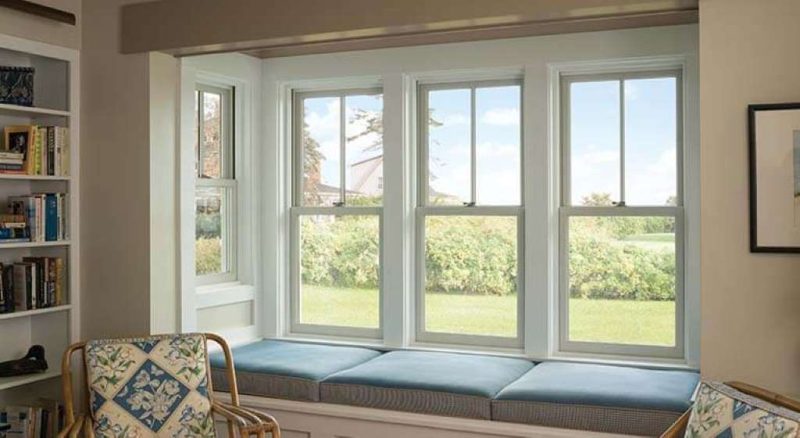Doorways are more than just passages between rooms; they are symbolic thresholds, welcoming us into new spaces and experiences. But beyond their aesthetic and symbolic value, doorways serve a crucial functional purpose: providing safe and comfortable access for everyone. A key aspect of this functionality is doorway height. This comprehensive guide delves into the standard doorway heights, the factors influencing these dimensions, and the importance of accessibility in design.
Standard Doorway Heights
In most residential constructions, the standard interior door height is 6 feet 8 inches (80 inches).
This measurement has become the norm for several reasons:
- Historical Precedents: Building practices often evolve over time, and door heights are no exception. While not a universal rule, historical construction often featured lower ceilings and doorways. As building techniques and material availability changed, taller ceilings became more common, leading to the adoption of taller doors.
- Human Dimensions: The 6’8″ standard accommodates the vast majority of people comfortably. While individual heights vary, this height allows most individuals to pass through without stooping or feeling cramped.
- Material Efficiency: Building materials like lumber often come in standard sizes. Aligning door heights with these standards minimizes waste and simplifies construction.
Exterior doors typically follow the same standard height of 6’8″. However, grand entrances or doors with transom windows above may be taller to create a sense of spaciousness and architectural interest.
Factors Influencing Doorway Height
While 6’8″ is the common standard, several factors can influence doorway height in specific situations:
- Building Codes and Regulations: Local building codes often dictate minimum doorway heights, especially for accessibility purposes. These codes ensure that buildings are usable by people with disabilities.
- Ceiling Height: In rooms with high ceilings, taller doors can enhance the sense of grandeur and proportion. Conversely, lower ceilings might necessitate shorter doors to maintain visual balance.
- Architectural Style: Certain architectural styles have distinct design elements, including door heights. For example, a historic home might feature lower doorways to preserve its original character, while a modern home might have taller, more imposing entrances.
- Accessibility Considerations: Creating accessible spaces is crucial for inclusivity. Doorway height plays a significant role in ensuring that people using wheelchairs or other mobility aids can navigate comfortably.
Doorway Height and Accessibility
Accessibility is not just a matter of compliance; it’s about creating environments where everyone feels welcome and can move freely.
Here’s how doorway height relates to accessibility:
- Minimum Height Requirements: The Americans with Disabilities Act (ADA) in the United States sets a minimum doorway height of 32 inches for accessibility. This allows for the passage of most wheelchairs and mobility scooters.
- Clear Width: In addition to height, doorways must also provide adequate clear width for wheelchair access. The ADA recommends a minimum clear width of 36 inches.
- Thresholds: Doorway thresholds should be flush or as low as possible to avoid creating obstacles for people using mobility devices.
Beyond these minimum requirements, thoughtful design goes a long way in improving accessibility:
- Pocket Doors: These space-saving doors slide into the wall, eliminating the need for a door swing that could impede movement.
- Wider Doorways: While 36 inches is the minimum, wider doorways provide more comfortable access for wheelchair users, especially in high-traffic areas.
- Lever-Style Handles: Lever handles are easier to operate than traditional doorknobs for people with limited hand dexterity.
Related: How to Repair a Garage Door Opener Battery?
Beyond the Basics: Other Considerations

- Door Header Height: The door header, the structural beam above the door frame, also influences the overall height. Sufficient header height is crucial for structural integrity and allows for proper door installation.
- Door Type: Different door types may have specific height requirements. For instance, sliding doors or barn doors might require additional clearance above the opening.
- Visual Appeal: Doorway height contributes significantly to the aesthetics of a space. Taller doors can create a sense of openness, while shorter doors can add a cozy or intimate feel.
Measuring Doorway Height
Accurately measuring doorway height is essential for both construction and renovation projects.
Here’s a simple guide:
- Prepare the Area: Clear any obstructions around the doorway.
- Use a Tape Measure: Extend the tape measure from the floor to the top of the door frame.
- Ensure Accuracy: Take the measurement at the highest point of the opening, as floors and frames can sometimes be uneven.
- Record the Measurement: Note down the measurement in feet and inches or centimeters.
Related: How to Program Remote to Garage Door Opener Using Household Tools
Conclusion
Doorway height is a seemingly simple element with significant implications for functionality, accessibility, and aesthetics. By understanding the standard dimensions, the factors influencing height, and the importance of accessibility, we can create spaces that are welcoming and usable for everyone. Whether you’re building a new home, renovating an existing one, or simply appreciating the design of your surroundings, doorway height is a detail worth considering.




